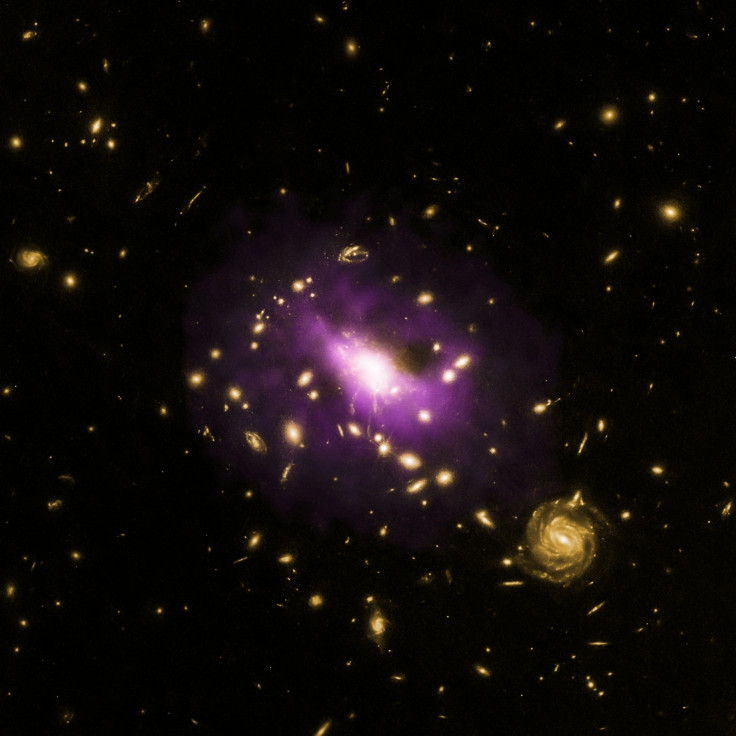Astronomers discover black hole that is very close to Earth
Astronomers discover black hole merely 1000 light-years away.
Scientists have discovered a new black hole which is much closer to Earth than HR6819's black hole, the nearest known black hole, situated 3,000 light-years away. The new discovery unveils a new candidate that is about 1000 light-years away from Earth in the Constellation Telescopium.
The news release on European Southern Observatory notes that the black hole that was discovered using a telescope at the European Southern Observatory's facility in Chile is so close that the "stars that swirl around it can be seen with the naked eye." It is merely 1,000 light-years away from Earth which in astronomical scale is considered very close. This black hole is said to be the closest to any other found to date and it is a part of the triple system that can be viewed from the naked eye. The proximity of the system makes it possible to view its stars from a naked eye for someone in the southern hemisphere if the weather conditions are right.
The discovery of the new black hole was a pure coincidence for the astronomers who were originally studying double star systems such as HR6819. It was then they discovered a third system which was hiding a black hole that remained undiscovered previously.
"We were totally surprised when we realised that this is the first stellar system with a black hole that can be seen with the unaided eye," says Petr Hadrava, Emeritus Scientist at the Academy of Sciences of the Czech Republic in Prague and co-author of the research.
The observations were made with the FEROS spectrograph on the MPG/ESO 2.2-metre telescope at La Silla and it was found out that one of the two visible stars influences an unseen object. Meanwhile, another star remains at a large distance from these two objects.
"The observations needed to determine the period of 40 days had to be spread over several months. This was only possible thanks to ESO's pioneering service-observing scheme under which observations are made by ESO staff on behalf of the scientists needing them," said Dietrich Baade, Emeritus Astronomer at ESO in Garching and co-author of the study.
Scientists believe this could be the "tip of the iceberg" and there are many more black holes out there that remain undiscovered. It is said that so far astronomers have not found more than a couple of dozen black holes in our galaxy. All of these black holes interact with their atmosphere and make their presence known. However, scientists believe their study could make way to the discovery of "hundreds of millions of black holes out there."
"Knowing what to look for should put us in a better position to find them," added Thomas Rivinius, an ESO scientist who led the study.

The study was presented in the paper headlined "A naked-eye triple system with a nonaccreting black hole in the inner binary" and was published in journal Astronomy & Astrophysics.
© Copyright IBTimes 2025. All rights reserved.





















